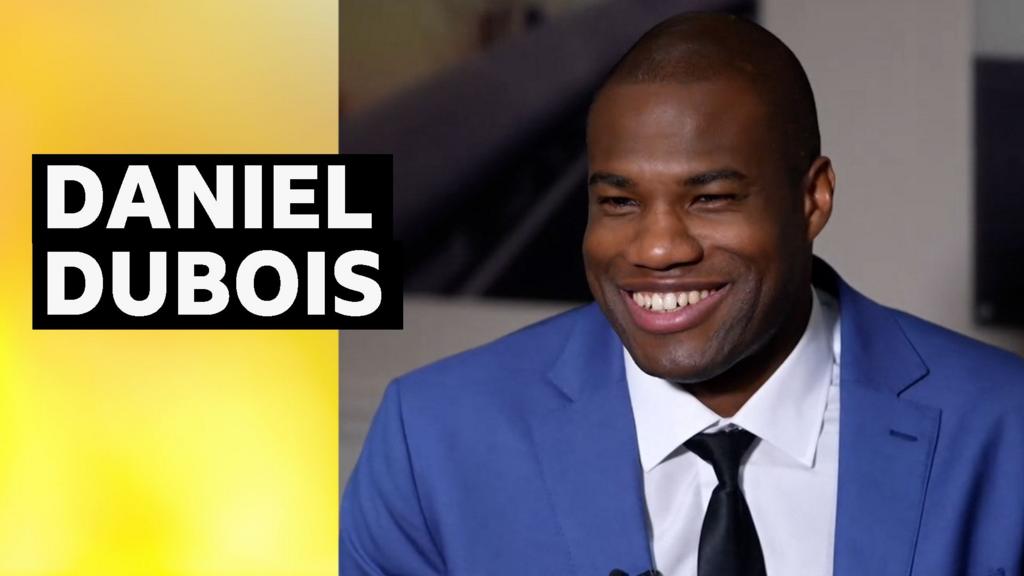How to make good decisions in uncertain times

We are living with a lot of uncertainty right now. There are some economic headwinds, though hiring has remained robust. There are significant legislative changes on the horizon. Ongoing wars in Ukraine and the Middle East are creating global tensions. The rise of generative AI has led to concerns about the future of many jobs and industries.
The difficulty of predicting the future complicates decision-making for people at every level of an organization from low-level employees who may be angling for a promotion or thinking of a career change to high-level leaders who have to set strategy and select tactics for an entire organization. How can you make good decisions in this environment?
Process not outcome
The first thing to remember when making decisions in any environment (but particularly when there is a lot of turbulence) is that you have to focus on the process you use to choose rather than whether the outcome is the one you wanted. Begin by thinking about what information is important for the decision. Determine whether there are experts or team members you should consult along the way. Develop a method for combining information in advance if you can.
For complex decisions, this process probably requires some tools to help you keep track of the relevant information. Use spreadsheets and dashboards to organize data. Make lists of decision criteria and the weight that information should have in the ultimate choice so that you don’t lose track of important factors. Refer to these tools along the way and don’t rely only on your memory.
Know your risk tolerance
Two people faced with the same information and opportunities may not reach the same decision. A big factor you need to consider is your personal or organizational risk tolerance. What makes a decision difficult in uncertain environments is that future outcomes are not known. Even if you have access to all of the relevant information for the choice, there are factors outside of your control that will affect what happens, and you cannot know them in advance.
As you lay out your options, they will differ in your estimate of the likelihood of a bad outcome as well as the magnitude of that outcome. Ask yourself how willing and able you are to accept the worst-case scenario. When possible, avoid options where that worst-case is unacceptable.
Then, consider the likelihood of that bad outcome. Are you willing to live with the size of that risk? When you are risk averse, you are likely to have a bad emotional experience with decisions that carry a substantial chance of a big downside. Ultimately, you have to live through that decision period. Selecting options that will make you miserable is not a recipe for success.
Use data rather than anecdota
Data relating to decisions is valuable, because it often provides you with a large number of cases to inform the decision. You may be focused on the number of people getting jobs, or the success of other firms that have pursued a particular strategy. You may also be using data to forecast the future.
Despite the value of data, stories you hear are often compelling. Those studies can stick in the mind both because the outcomes from those stories feel salient, and because those stories come along with speculation about why a particular outcome occurred. That explanation can often make the future feel more certain than it really is.
As enticing as these anecdotes are, resist the temptation to allow them to have an outsize influence on your decision. If the data are pointing you in one direction, be careful of a single story that is urging you to go in a different direction. When you have reliable data, make sure that it provides a more significant guide to your future actions than a good story.
Don’t ignore your gut
That said, if your decision process is pushing you in a particular direction, but the decision still feels wrong, take a pause. Psychologists distinguish between fast intuitive processes that are sensitive to the statistics of the environment and slow algorithmic processes that work carefully through information. Data-driven decision processes use this slower process, while your intuition is driven by those faster processes affected by the impression created by the instances you have seen in the past.
Many times when you make a choice based on data, your intuition is either consistent with that option or doesn’t create a strong preference. Sometimes, though, your intuition is opposed to the option the data suggests. In those cases, use the conflict between the data and your gut to pause and think more carefully. Check to see whether there is something missing from the data or whether the process you have used to combine data to reach a decision has led you astray.
While you may still choose an option that “feels” wrong, use that uneasiness as a sign that there should be some additional scrutiny before selecting a course of action. In addition, if the decision is one that can be amended or fixed even after you start on a particular path, use the tension between data and gut as a signal to remain vigilant for something you missed so that you detect problems as soon as they arise.
What's Your Reaction?
 Like
0
Like
0
 Dislike
0
Dislike
0
 Love
0
Love
0
 Funny
0
Funny
0
 Angry
0
Angry
0
 Sad
0
Sad
0
 Wow
0
Wow
0





























































































